Wooley: Anniversary prompts reflections of power and beauty
An artist and a pollie both saw it in its original state, and just like Lake Pedder they are now gone … but their views live on, writes Charles Wooley
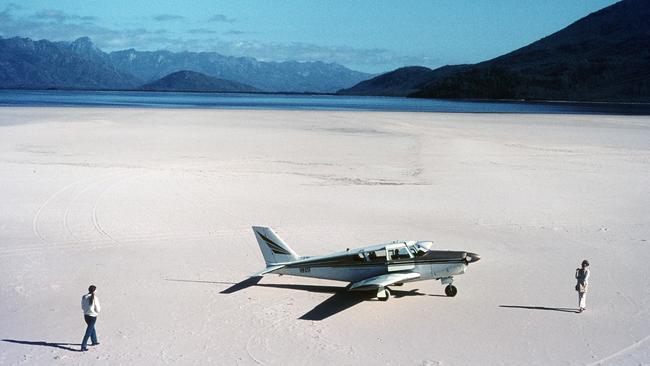
Opinion
Don't miss out on the headlines from Opinion. Followed categories will be added to My News.
We have arrived at the 50th anniversary of the Gordon Dam and there has now been released a great impoundment of arguments about what was lost and what was gained.
The overall gain was about 13 per cent of Tasmania’s power generation. The loss was of the sublimely beautiful Lake Pedder, which hadn’t been a necessary part of the old HEC’s power scheme and which today’s Hydro Tasmania has said they would not include if the project were to be considered again. Pedder was a relatively small part of the power package but its inundation back then seemed a logical step in the minds of engineers.
But those were different times. I was once a ‘Hydro kid’ on the Central Plateau and our dams, tunnels and canals were a source of great pride. School kids were bussed in and taught to revere those wonders of engineering.
Back then Tasmania was regarded by mainlanders as a backward place and Tasmanians unkindly seen as having ‘two heads’. So, when I was a kid, what the Hydro was doing certainly made ordinary Tasmanians feel good about themselves and their state.
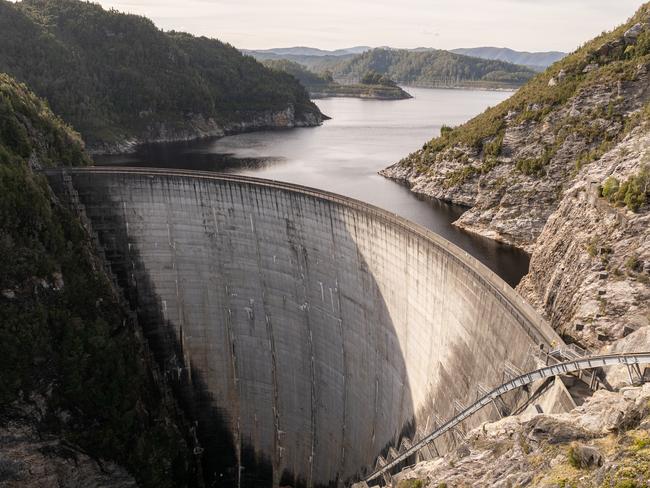
At 140m in height, wrought from 154,000 cubic metres of concrete in one of the toughest and remotest places in Australia, the country’s largest arch dam was a thing of beauty as well as of power and achievement. And even more importantly, it made us feel proud.
Like most people reading this column your humble scribe never saw the real Pedder, a tiny 4 sq km alpine lake which is now buried beneath an immense 240 sq km body of water.
We know it only from film and photographs and from the testimony of those who were there at the time of inundation.
“That place was a unique set of circumstances, a combination of high saw-toothed mountains in almost impenetrable forest and rugged terrain. And suddenly there’s an impeccable beach appearing every summer, a beach where Bondi could be lost.”
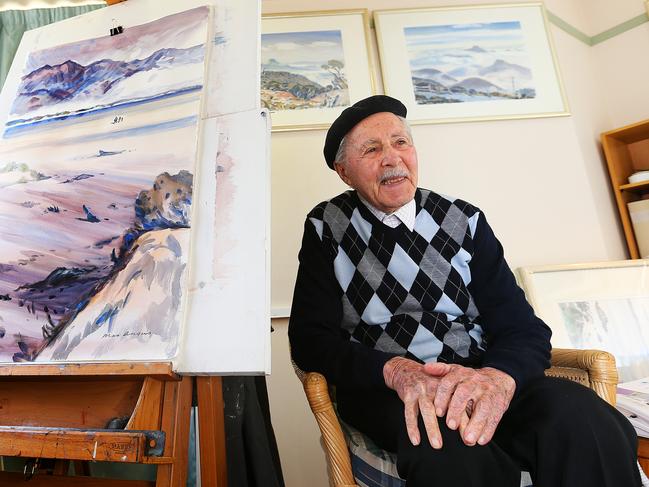
From my old television reports, those were the words of the late Max Angus, a Tasmanian artist whose water colours of the original lake still hang in countless Hobart households. Long after the lake was gone, Max still made a brisk business painting it from memory. As he told me, it was unforgettable. “From a painter’s point of view, it was marvellous stuff of texture and contrast. The towering mountains and bush so thick it would tear your shirt off getting through it. And then suddenly the beach itself. The amazing, wonderful thing was the light. So much light came out of the beach in summer it would almost blind you.
It irradiated the peaks all around, a bowl of light in a huge unforgettable place.”
I also recorded testimony from the man largely responsible for changing absolutely that remarkable place. In his retirement at the age of 86, I interviewed former Tasmanian premier Eric Reece, once known as ‘Electric Eric’ for his passion for dams and turbines. We talked while I showed him photos of the original lake.
The same lake, but now I heard an entirely different view.
“The original lake was a very beautiful strip of sand, but it was like so many other beaches. It was a beach.”
“Did you ever go there?” I asked him.
“I went there once,” he told me. “I flew in. You could land a light aircraft on the beach.
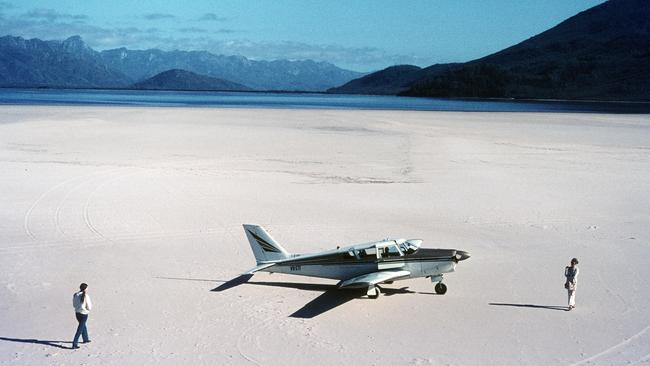
There was only one person there and the only marks on the sand were his footprints and the wheel tracks of his plane.”
“Were you struck by anything unusual about the place?”
“The only thing I thought was it was unusual to have an inland beach a thousand feet up in the mountains.
“Other than that, I didn’t regard it as being very special at all.”
I was still young enough to believe that attitudes might change with age. Eric appeared resolute except that there was a moment when he clearly registered that all those years ago he had noted some special beauty of the place.
“There was one thing, and it doesn’t print up very well in these photos you are showing me, but where the water met the sand there was a strange pink colour the length of the beach. People used to talk about it. The lake-water was tea coloured, sort of peaty, but over the white sand it made this pink colour. I still remember that.”
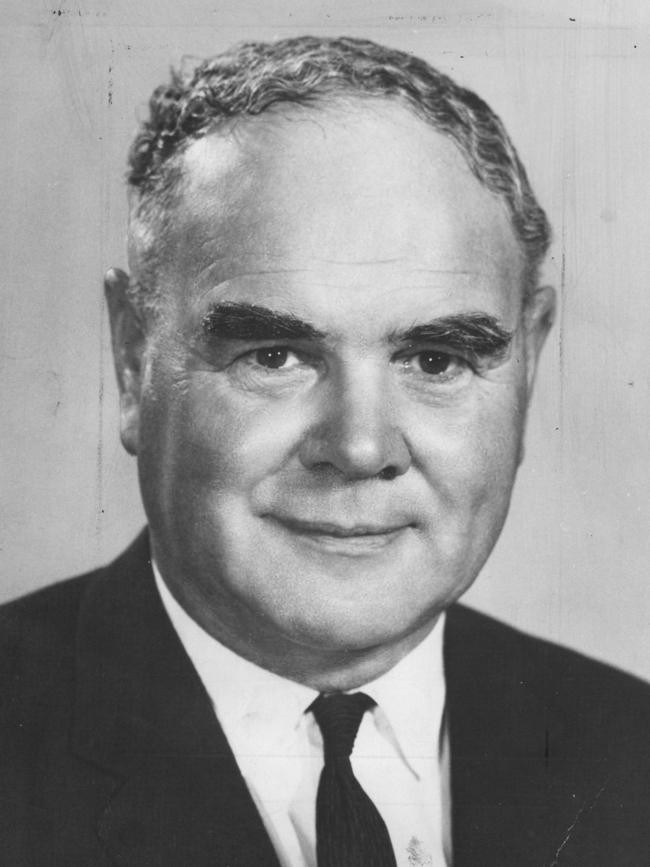
I was always fond of Eric Reece. He was certainly the best premier Tasmania ever had for health and education. I appreciated that I was a beneficiary of his support for tertiary education. He often reminded me of that.
But it seemed the old man had grown a little misty eyed in his recollections of his one day on the lake. I wondered if he was about to concede at least a glimmer of regret for this lost treasure. The photo in front of us was of the entire spectacular spread of the original lake, a sparkling jewel set between the white beach and the distantly fading lavender blue ranges of mountains.
And so I encouraged him. “And beyond your abiding memory of the pink sand, beyond that, what do you think today?”
“Well, beyond that it’s just a beach isn’t it. We’ve got a lot of lovely beaches around Tasmania.”
For Eric it was too late to see the times were changing.
To the end he would defend his famous mantra: “It would be a crime for any Tasmanian river to flow to the sea without first passing through a turbine.”
Charles Wooley is a Tasmanian-based journalist





